by Kathy Torres
There’s a great old jazz song titled Up a Lazy River, written in 1930. It has been recorded by many artists over the years, from Hoagy Carmichael, Louis Prima, the Mills Brothers, to more modern day singers like Bobby Darin and Michael Buble. The lyrics are timeless and invoke feelings of a sultry, summer afternoon, and a cool place to slow down and escape.

Up a lazy river by the old mill run.
The lazy, lazy river in the noon day sun.
Linger in the shade of a kind old tree.
Throw away your troubles.
Dream a dream with me.
While most of us, unfortunately, don’t have a river in our back yard, a kind old shade tree is a definite possibility! During this time of year in South Carolina when the summer heat is at its peak, we are struggling to even go outside and water the plants, and can certainly use some relief. An early morning cup of coffee or a late afternoon glass of iced tea under a beautiful, wide canopy of shade is just the ticket to escape the heat, and maybe even slow down a bit.
There are lots of options for shade trees that do well here, and some that grow pretty fast. With fall approaching, it’s time to begin thinking about what you may want to plant. Fall is the ABSOLUTE BEST time for planting trees and shrubs and here’s why: (1) It’s about to get cooler which means less watering will be necessary because the ground doesn’t dry out so fast, AND, the plants are not so stressed. In addition, rain is typically more abundant, another way we get a break from watering. (2) Because the winter is fairly mild here and the ground doesn’t freeze, plants can get rooted in, even though they are dormant and not producing new growth above ground. Establishing the root system will increase chances of good growth in the following spring and summer. (3) Disease and pests are not an issue, for the most part.
Following is a list of trees that will grow big enough to provide significant shade for you to enjoy any time, but especially in the hot, hot, summer. It will take a few years to get there, but the wait is worthwhile!
WILLOW OAK – I’m starting with this one because it is my personal favorite for a very fast growing tree. Grows to 40-60 ft. tall with a 35 ft. spread; Willow-like leaves; Deciduous (drops leaves in winter); Grows in a pyramid shape in its youth, then an oblong-oval to rounded shape at maturity. Foliage is light to bright green in summer and yellow, yellow-brown and russet in fall; Tolerates poorly drained soil.
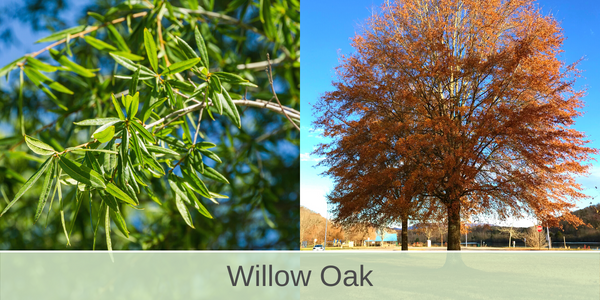
LIVE OAK – Mature size is 40-80 ft. tall with an 80 ft. spread; Round shape; Evergreen, however some yellow leaves will drop in spring as new growth emerges; Grows rapidly when young and may live to be centuries old; Adapts to almost any soil; Does well in coastal areas; Historical significance CLICK HERE.
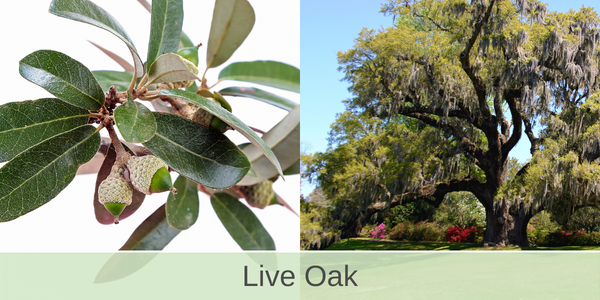
PIN OAK – Mature Size is 40-60 ft. tall by 35-40 ft. wide; Fast-growing; Deciduous (drops leaves in winter); Pyramid shaped growth habit. Foliage displays scarlet to russet fall color.
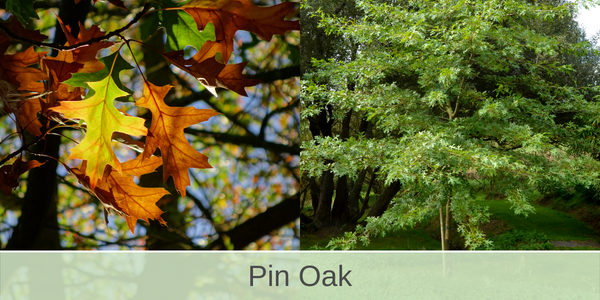
RED MAPLE OCTOBER GLORY – Mature size is 40-50 ft. tall by 30-40 ft. wide; Moderate to fast growth rate; Deciduous; Round shape; Tiny, conspicuous red flowers bloom in spring; Showy red fruit attracts many birds and other wildlife; Radiant red leaves in fall.
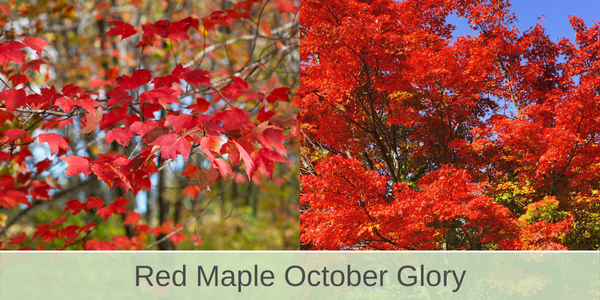
RED MAPLE AUTUMN BLAZE – Fast growing; reaches 50-60 ft. tall by 40 ft. wide; Deciduous; Brilliant, long lasting, orange-red fall color; Upright, uniform branching habit.
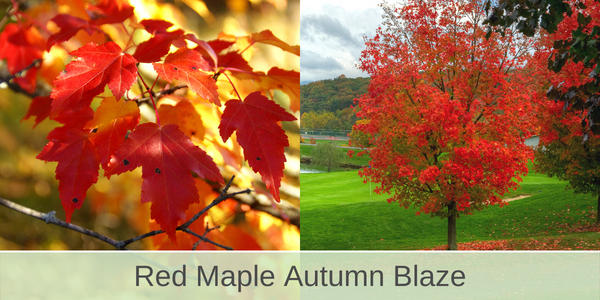
SUGAR MAPLE – Grows to 60-75 ft. tall with a 40-50 ft. spread; Medium to dark-green leaves turning yellow, burnt orange or red in fall; Deciduous; Slow to medium growth rate; Tolerates shade; Produces small, greenish-yellow flowers in groups that curve downward on long, delicate stems, blooming in April and May; Round or oval shape.
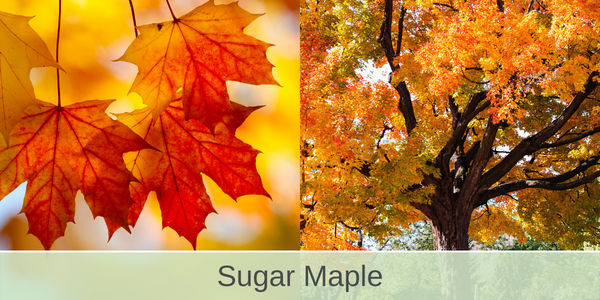
PRINCETON AMERICAN ELM – Fast-growing; Deciduous; Upright, symmetrical growth habit; Good resistance to the Dutch elm disease, which has been a problem for the American Elm; Height 50-70 ft. by 30-50 ft. wide; Inconspicuous blooms in spring; Yellow foliage in fall.
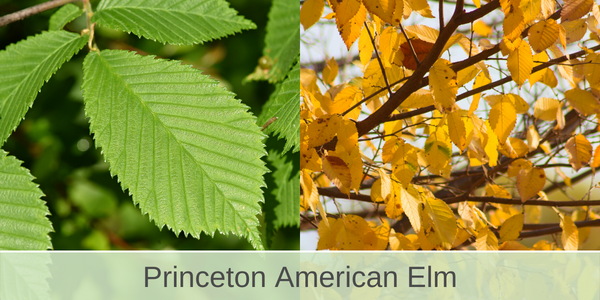
SYCAMORE – One species and one hybrid common in SC are American planetree and London planetree; Massive tree that grows 70-100 ft. tall with a similar spread; Deciduous; Pyramid form in youth, developing a spreading, rounded crown with age; Moderate growth rate; Handsome exfoliating bark; Yellow-brown fall foliage; 1-inch fruit hangs from the tree on long stalks through most of the winter.
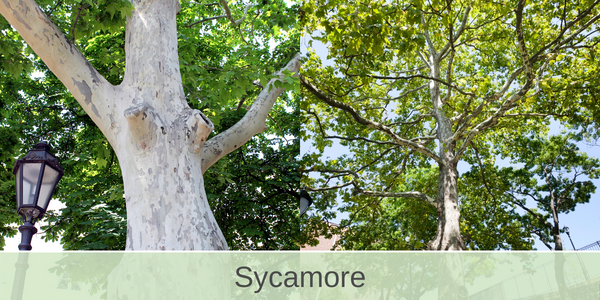
TULIP POPLAR – Mature height is 70-130 ft. by 30-60 ft. wide; Fast-growing; Deciduous; Tulip-like, fragrant yellow flowers with green to yellow petals and reddish-orange bands appear in spring to early summer (after foliage appears); Supports pollinators and is a larval host plant; Yellow to gold fall foliage.
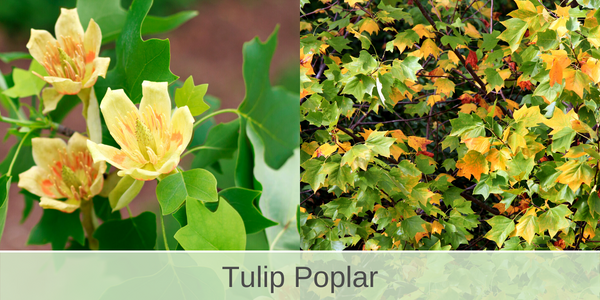
Several of these trees require a large piece of property and may not be suitable for your landscape. Always make sure you make selections based on the mature size of the tree and the space you have available. All of these trees need a minimum of 6 hours of sun, but can handle full sun all day. In the first year or two, especially during periods of drought, use a Tree Gator (available at Wingard’s) to keep it watered adequately.
Another trick is to use a 5 gallon bucket with a small hole in the bottom; fill it with water, place it over the root ball and let it slowly leach into the soil. If you plant this fall, wait until next year to fertilize.
The trucks will soon be coming in at Wingard’s to stock up the inventory of trees for fall planting. If you have the space in your landscape, think about planting one of these large trees that will offer a shady resting spot for you and your family in the years to come.
Now…if you’ve never heard the song, check it out HERE.

 Peaches have been grown in South Carolina since the 1860s and are designated as the official State Fruit. SC peach farmers grow over thirty varieties, ranking second in the United States (behind California) in production. Other than the occasional late frost and freeze that may occur, a peach tree is a good bet for your landscape, and there is nothing better than a ripe, juicy peach on a hot summer day. In addition to peach trees, many other fruiting plants and trees will flourish here in the midlands. You can enjoy beautiful, often fragrant, spring blooms, and fresh, delicious fruit from your own yard. Dwarf varieties even make it possible to harvest from a container on your patio!
Peaches have been grown in South Carolina since the 1860s and are designated as the official State Fruit. SC peach farmers grow over thirty varieties, ranking second in the United States (behind California) in production. Other than the occasional late frost and freeze that may occur, a peach tree is a good bet for your landscape, and there is nothing better than a ripe, juicy peach on a hot summer day. In addition to peach trees, many other fruiting plants and trees will flourish here in the midlands. You can enjoy beautiful, often fragrant, spring blooms, and fresh, delicious fruit from your own yard. Dwarf varieties even make it possible to harvest from a container on your patio! Call the Police! A MURDER has been committed…CRAPE MURDER, that is! You’ve seen them around town, with the huge knots and multiple shoots becoming a mass on each branch. Don’t let your beautiful Crape Myrtle be a victim of this pruning crime. The natural shape of these southern landscape specimens, when pruned improperly, is lost!
Call the Police! A MURDER has been committed…CRAPE MURDER, that is! You’ve seen them around town, with the huge knots and multiple shoots becoming a mass on each branch. Don’t let your beautiful Crape Myrtle be a victim of this pruning crime. The natural shape of these southern landscape specimens, when pruned improperly, is lost! Important Tips to Follow:
Important Tips to Follow: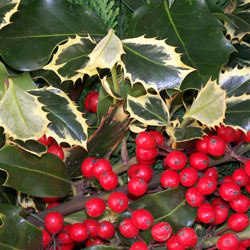
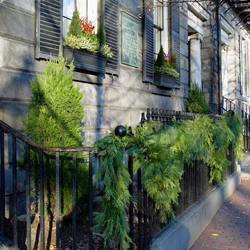

 Take a walk through your yard and look for these signs on your camellias, tea olives, hollies, and podocarpus:
Take a walk through your yard and look for these signs on your camellias, tea olives, hollies, and podocarpus: 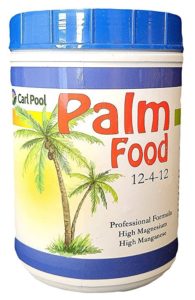 Sago Palms
Sago Palms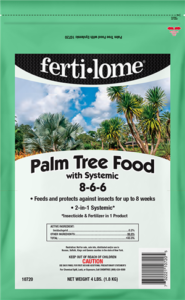
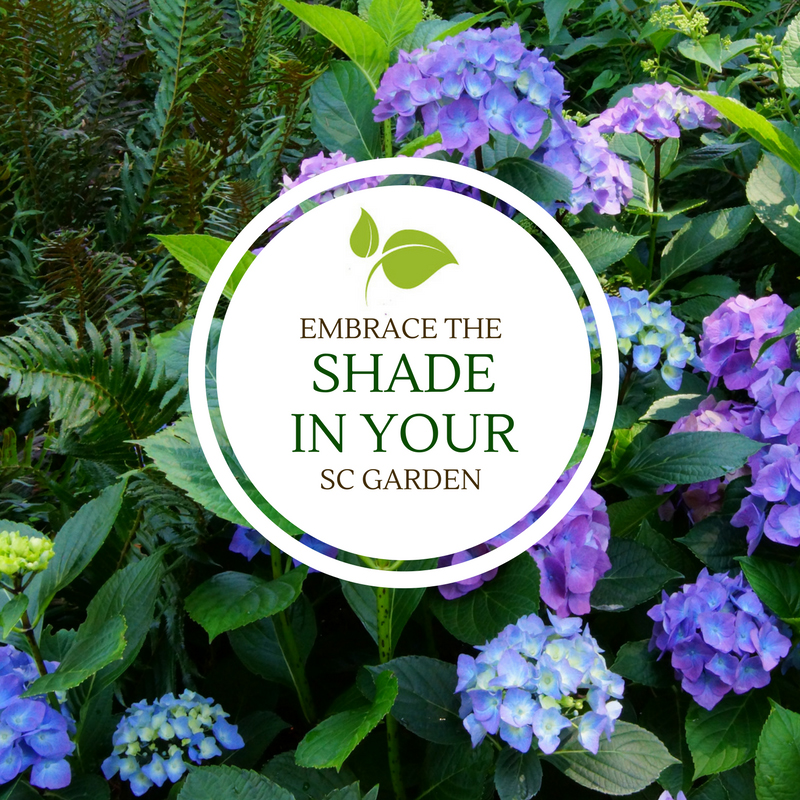
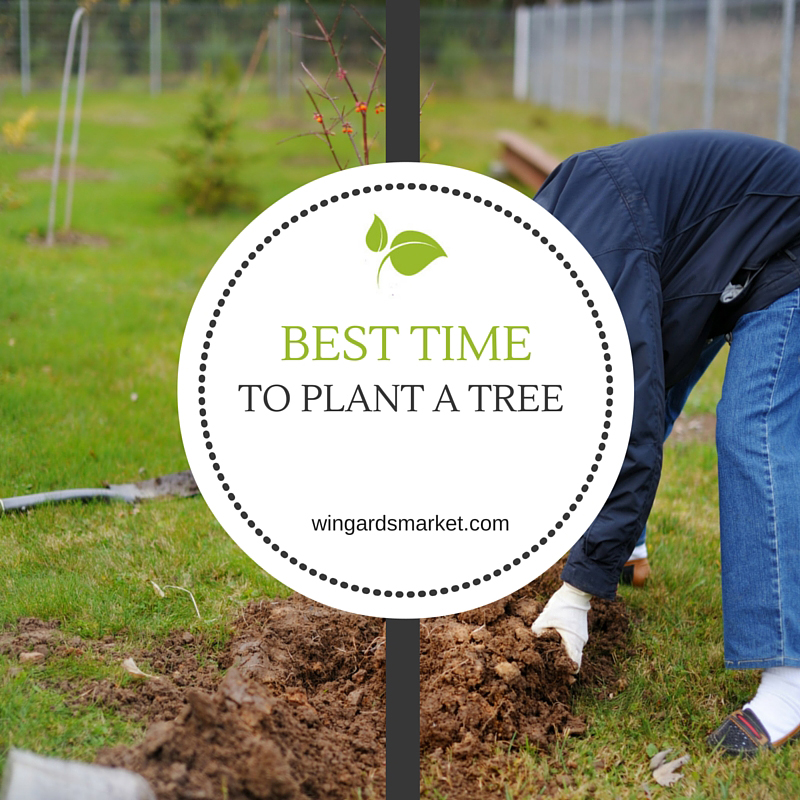
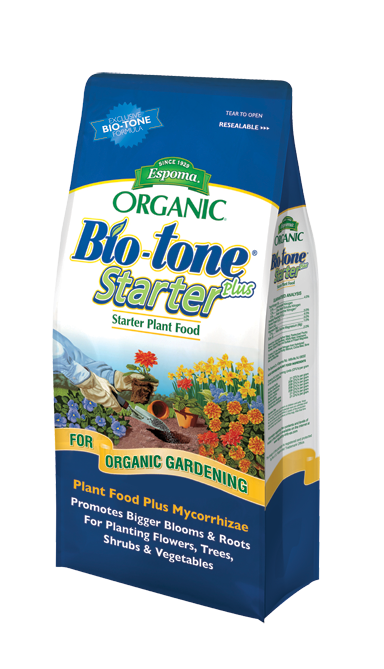 Clay Soil: If your soil type is clay, amend the soil dug from the hole by mixing with an equal amount of Wingard’s Lake Murray Soil Conditioner to promote drainage and aeration.
Clay Soil: If your soil type is clay, amend the soil dug from the hole by mixing with an equal amount of Wingard’s Lake Murray Soil Conditioner to promote drainage and aeration.